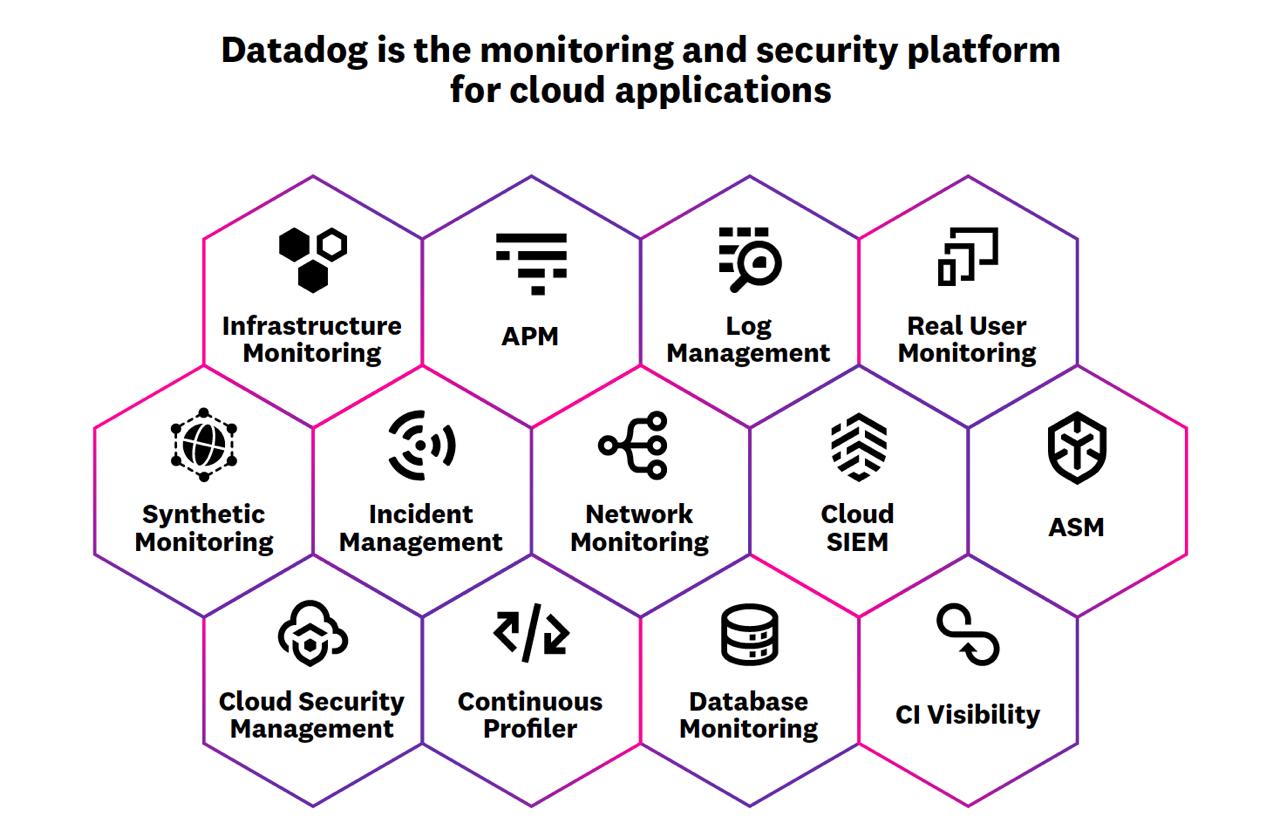Cloud adoption has transformed how businesses operate, especially in industries like financial services, gaming, e-commerce, and logistics. Scaling operations to meet customer demands has never been easier — but it has also introduced a new challenge: rising and unpredictable cloud costs.
According to Gartner, organisations waste up to 30% of their cloud spend due to idle resources, poor visibility, and inefficient allocation. This not only strains budgets but can also hinder innovation when teams are forced to react to billing surprises instead of making proactive, data-driven decisions.
At Netron, we work with enterprises to tackle these challenges, helping them gain control of cloud spend and build efficient, scalable IT environments. Here are five strategies to reduce costs while maintaining performance and resilience.
The Hidden Costs of Cloud Growth
As businesses expand their cloud environments, they often encounter similar pain points:
These challenges often emerge as organisations grow quickly without standardising how they track, manage, and optimise cloud resources.
The good news? With the right strategies, businesses can reduce waste, regain control, and redirect savings toward innovation.
5 Proven Strategies to Reduce IT Costs
1. Build a Cost-Conscious Culture
Cost optimisation starts with visibility.
Companies that embed cost tracking into their workflows see up to 90% improvement in visibility, leading to faster and more informed decision-making.
2. Streamline and Consolidate Tools
Many organisations use different tools for logs, metrics, and performance monitoring, creating duplication and silos.
By consolidating these into a single, integrated system, companies can:
-
Cut down on licensing costs.
-
Improve collaboration across teams.
-
Troubleshoot issues faster using shared data.

Businesses that unify their monitoring stack often report 25–40% savings on tool-related expenses while reducing operational complexity.
3. Optimise Cloud Infrastructure Usage
Idle or oversized cloud resources are one of the biggest drivers of unnecessary costs.
Proactively monitor your infrastructure to:
-
Identify and right-size over-provisioned instances.
-
Automatically shut down unused resources.
-
Regularly audit workloads for performance and efficiency.
One company reduced costs by 78% simply by resizing a single over-provisioned instance — with zero impact on performance.
4. Improve Application Performance Efficiency
Poorly optimised applications consume extra compute power and storage, driving up costs.
By monitoring performance at every layer — from infrastructure to databases — teams can:
-
Pinpoint bottlenecks that lead to overuse of resources.
-
Adjust workloads to reduce technical debt and inefficiency.
-
Prevent small issues from growing into costly problems.
Even minor optimisations, like fine-tuning scheduling or rebalancing workloads, can yield significant savings over time.
5. Control Data Storage Costs
Logs and data are essential for troubleshooting and compliance, but storing everything is expensive.
Adopt a smarter approach by:
-
Filtering and prioritising critical data before storage.
-
Setting retention policies to automatically delete non-essential logs.
-
Routing data to appropriate storage tiers based on usage needs.
Companies that take a strategic approach to log management reduce storage costs by 20–30%, without losing visibility or compliance coverage.
A Practical Checklist for Quick Wins
Here are five immediate actions your team can take to start optimising IT spend today:
-
Terminate unused instances weekly to avoid paying for idle resources.
-
Consolidate overlapping monitoring tools to simplify workflows and cut fees.
-
Create real-time dashboards to track spending as it happens.
-
Filter logs before indexing to keep storage costs under control.
-
Hold monthly cross-team reviews to share insights and align cost strategies.
Implementing these steps creates a strong foundation for long-term cost efficiency.
Partnering for Success
Cost optimisation is an ongoing journey — one that requires the right mix of strategy, visibility, and technology.
At Netron, we help businesses design and implement solutions that bring clarity to cloud spending, reduce waste, and streamline IT operations.
One of our key technology partners is Datadog, a leading monitoring and security platform that unifies infrastructure, application, and log management. Together, we provide enterprises with the tools and expertise they need to optimise costs without sacrificing performance.

Take the first step today.